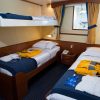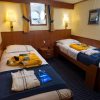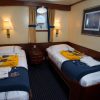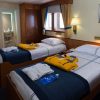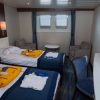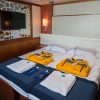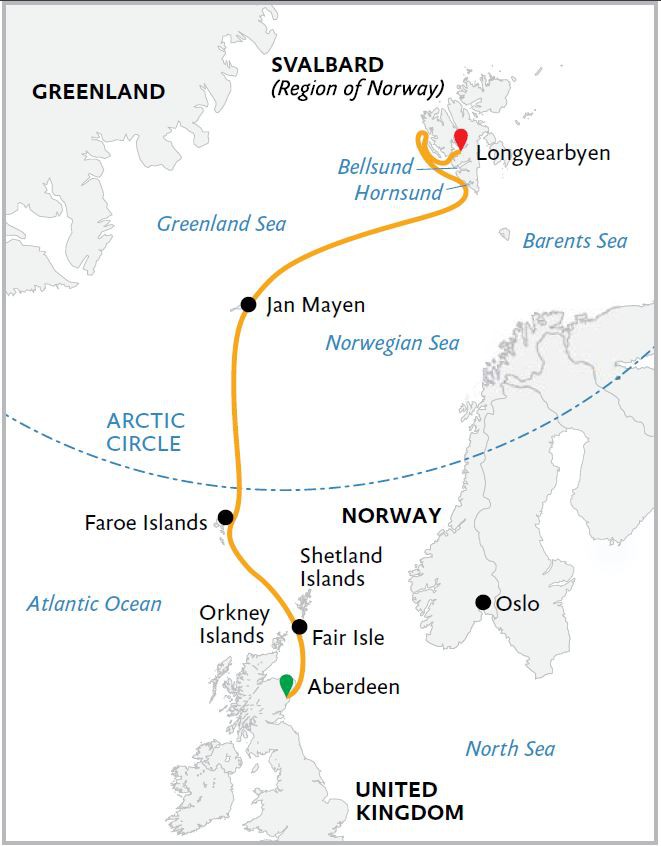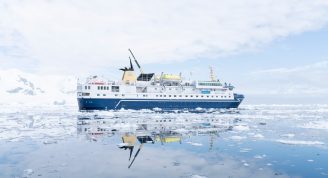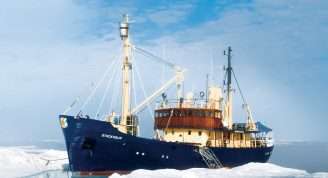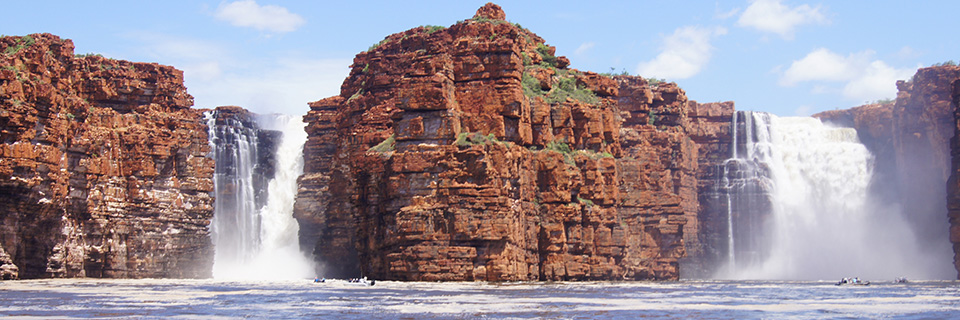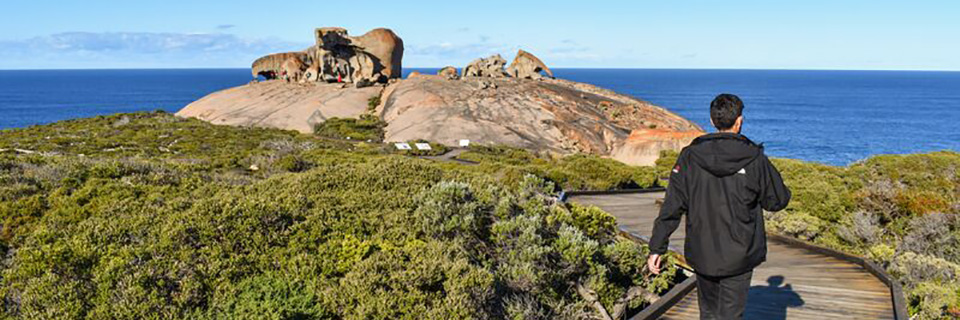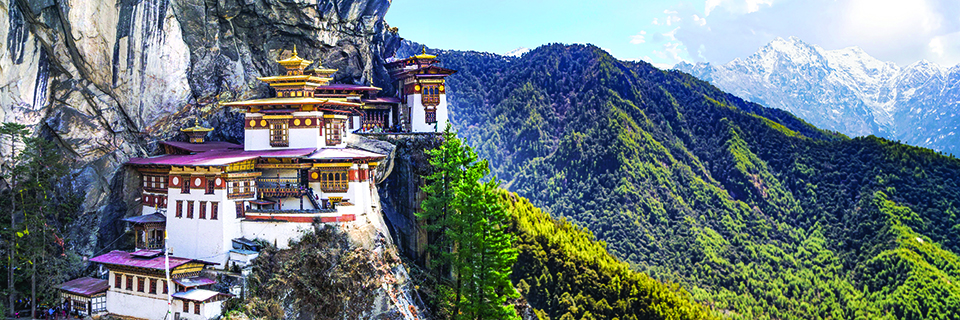Description
The Arctic Saga: Exploring Spitsbergen via the Faroes and Jan Mayen itinerary will have you traveling under the midnight sun to some of the most remote islands on the planet, where only a small number of adventurers have ever left their footprints. Sailing across the North Atlantic, you’ll be immersed in the region’s rugged beauty and whaling and Viking history, visiting the awe-inspiring and unspoiled destinations of Fair Isle, the Faroe Islands, Jan Mayen and Spitsbergen.
Towering fjords, massive glaciers, soaring sea stacks and coastal cliffs teeming with thousands of seabirds, like the amazing Atlantic puffin, will take your breath away. So too will the diverse wildlife of this far-flung region, from Svalbard reindeer to dolphins, seals and whales. Having continuous daylight for part of the voyage means optimum chances to spot these magnificent creatures in their natural habitat at any time of day… or night!
The Arctic has been inspiring explorers for centuries, and our expeditions offer the chance for you to discover why. We’re excited to host you on your unforgettable adventure! Feel free to reach out to our team of Polar Travel Advisers or your travel professional, who can answer your questions and provide assistance at any time.



